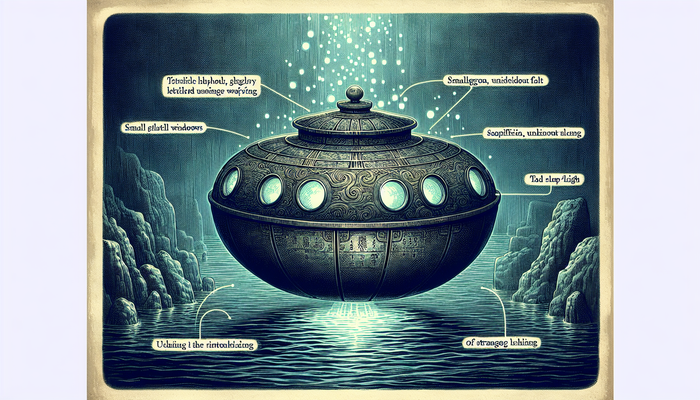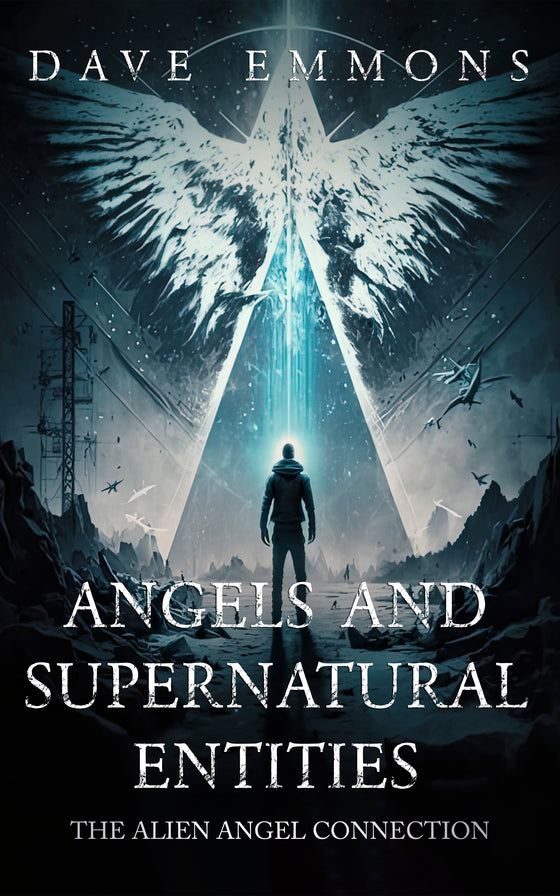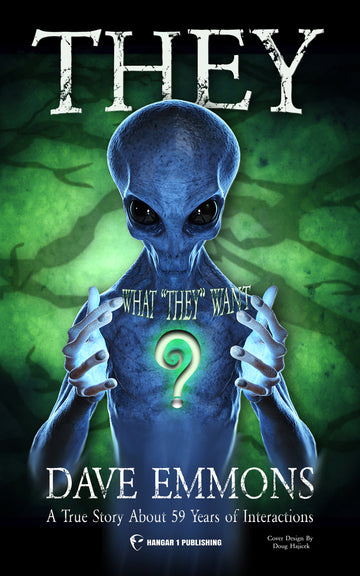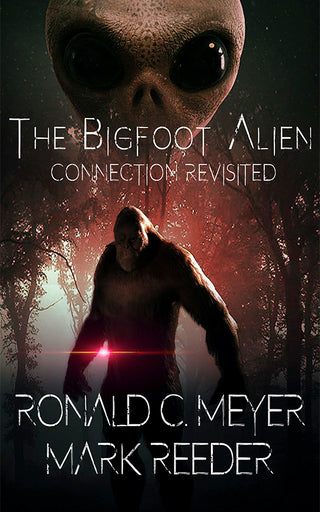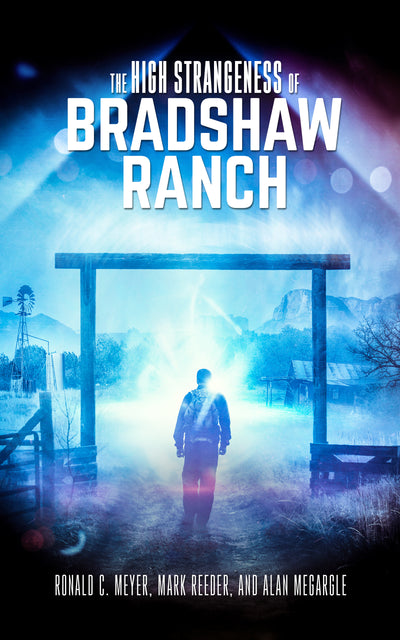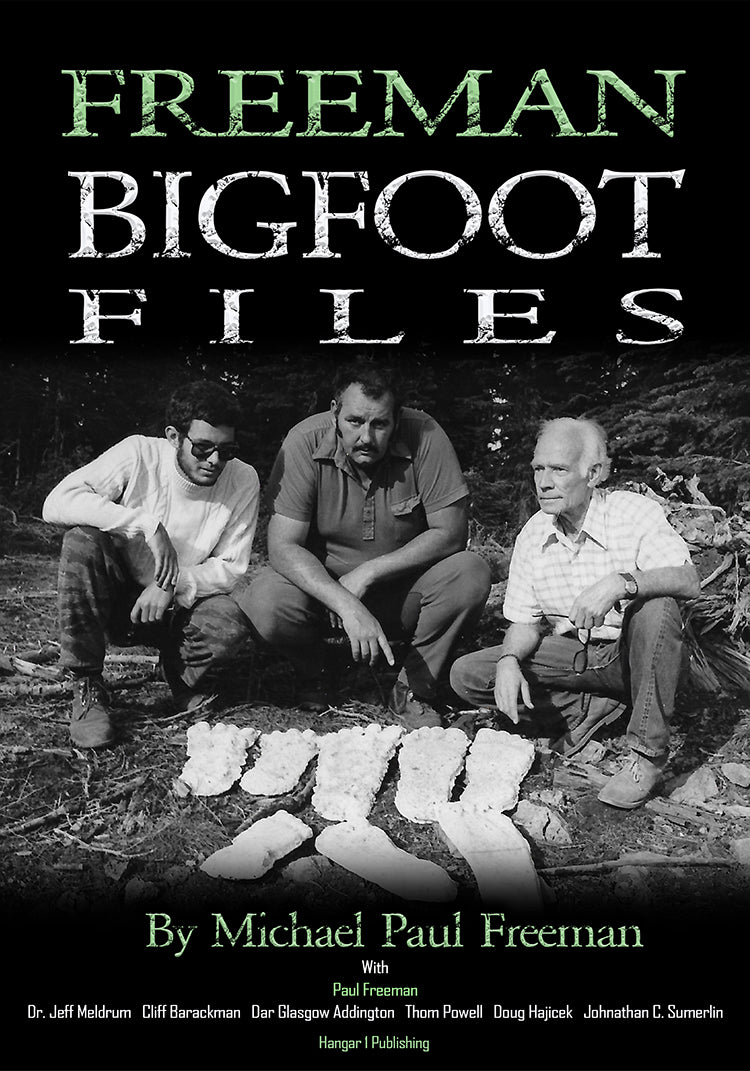The Tether Incident (NASA): An Astrophysicist Breaks Down STS-75's Most Controversial UFO Footage

By Sanjay Kapoor, Ufologist
I've watched the STS-75 footage more times than I care to admit. Every time those glowing, donut-shaped objects drift across the screen, part of my brain still whispers: what if?
That's the thing about the Tether Incident. It hooks you. A 12-mile cable snaps in space, and within hours, cameras capture what looks like a fleet of luminous discs swarming toward it. The footage has accumulated millions of views and sparked three decades of debate. Some researchers call it a smoking gun. Others dismiss it as camera artifacts.
I'm an astrophysicist. My job is to follow data wherever it leads, even when the destination makes my colleagues uncomfortable. So let's do exactly that. Let's pull apart the Tether Incident piece by piece and see what the evidence actually tells us.
What Happened on February 25, 1996
Space Shuttle Columbia launched on mission STS-75 carrying one of the most ambitious experiments in shuttle history: the Tethered Satellite System Reflight, or TSS-1R. This was a joint NASA and Italian Space Agency project designed to test whether a conducting cable moving through Earth's magnetic field could generate electricity.
Think of it like a giant wire cutting through an invisible magnetic web at 17,500 mph. The physics predicted this would induce electrical current, and the experiment delivered beyond expectations. The system generated voltages up to 3,500 volts and currents at least three times higher than models anticipated.
For five hours, the crew unreeled the tether toward a distance of 19.7 kilometers. Then, at 01:29:26 GMT, everything went wrong. The tether snapped. The satellite drifted away into a higher orbit, trailing nearly 20 kilometers of severed cable behind it.
The Timeline Nobody Disputes
The European Space Agency's mission overview confirms the basic sequence. Deployment began at Mission Elapsed Time 3/00:27:00. The break occurred at MET 3/05:11:26. Scientific context papers document that satellite flyaway happened immediately after, with the crew collecting unique data over those five deployment hours.
What caused the break? That's where the story gets interesting, and where the paths of science and speculation diverge.
The Electrical Arc That Changed Everything
NASA convened a Mission Failure Investigation Board that spent months analyzing telemetry, examining hardware, and running simulations. Their conclusion was unambiguous: an electrical arc inside the deployer mechanism burned through the tether.
Here's what happened. The tether's Teflon insulation had a tiny flaw. When the system reached -3,500 volts relative to the orbiter, that flaw became a pathway. The pressure inside the Lower Tether Control Mechanism created ideal conditions for electrical breakdown according to Paschen's Law, which describes how gases ionize under specific pressure and voltage conditions.
A one-amp current discharge to orbiter ground ignited. The arc burned through the tether for nine seconds before the remaining Kevlar strength members snapped under tension. The official mission report documented charring on the retrieved tether segment, confirming the electrical burn.
The astronauts themselves suspected a short circuit from the moment it happened. Mission Specialist Jeffrey Hoffman grabbed a camera and began filming the distant, tumbling satellite. That footage would become the most analyzed video in ufology history.
The Footage That Launched a Thousand Theories
Three days after the break, with the satellite drifting in a higher orbit, Columbia's cameras captured something strange. Donut-shaped objects appeared on screen, dozens of them, some seeming to pulse with light. A few appeared to pass behind the 12-mile tether, which proponents argued proved they were enormous and distant.
The UAP Files Podcast analyzed this footage in detail, noting that the objects were captured using low-light TV and infrared cameras designed to see in darkness. David Sereda, in his book Evidence: The Case for NASA UFOs, calculated that if the objects were truly behind the tether at 77-100 nautical miles distance, they would be miles in diameter.
That's an extraordinary claim. A fleet of mile-wide craft would represent technology so far beyond anything we can build that it would rewrite physics textbooks. Some researchers have even proposed these might be plasma-based life forms, electromagnetic entities drawn to the tether's electrical activity.
A Physicist's Counter-Hypothesis
When I first encountered this footage as a grad student, I was genuinely intrigued. Then I started digging into the camera specifications.
The shuttle used a monochrome Low-Light-Level TV camera with a mechanical iris. The crew reported that CCTV Camera C had focus problems at far distances and a malfunctioning manual iris. This matters enormously.
When a camera is significantly out of focus, bright point sources don't appear as blurry dots. They appear as representations of the aperture shape, an effect photographers call bokeh. If the iris has multiple blades or an obstruction, you get polygonal shapes with notches, exactly what we see in the footage.
Photo analyst Marc Dantonio replicated this effect in laboratory conditions. Small, brightly lit particles just centimeters from the camera lens, when severely out of focus, produced large disc shapes that appeared to pass behind distant objects. The illusion occurs because the overwhelmingly bright, out-of-focus foreground disc swamps the thin, in-focus line of the tether.
Size Calculations: Miles or Millimeters?
This is where my training in observational astronomy becomes useful. Two competing hypotheses make wildly different predictions about what we're seeing.
The UFO hypothesis requires objects kilometers in diameter located near the tether, roughly 20 kilometers from the orbiter. The optical artifact hypothesis requires objects a few centimeters in size located just meters from the camera lens.
Here's what the Space Above Us podcast pointed out: a routine water dump occurred hours before the famous footage was captured. Shuttle water dumps produce clouds of ice crystals, the "fireflies" astronauts have described since the Mercury program. These crystals drift slowly in the orbiter's vicinity, exactly where small particles would need to be to produce the observed effects.
Former NASA engineer James Oberg made another correction that proponents often miss: the "swarm" footage was filmed three days after the tether break, not immediately following it. The tether was sunlit, not self-luminous. And plasma researchers have noted the electromagnetic environment was still active even after separation.
The Italian Chapter Nobody Talks About
Most English-language coverage treats STS-75 as a NASA mission. It wasn't. The Italian Space Agency (ASI) designed and built the satellite itself, a 518-kilogram scientific platform carrying multiple experiments.
The concept originated with Giuseppe "Bepi" Colombo of the University of Padua, who first proposed space tethers in the 1970s. Italian Payload Specialist Umberto Guidoni controlled the TSS from Columbia's aft flight deck and verified the consistency between theoretical calculations and experimental data in real time.
After the failure, Guidoni reflected that "un corto circuito provocò la rottura del 'guinzaglio'" (a short circuit caused the leash to break). The Italian media called it the satellite al guinzaglio, the satellite on a leash, and covered the event as a technical setback rather than a mystery.
These Italian archives contain technical papers, interviews, and perspectives largely absent from the UFO discourse. If we're serious about understanding this incident, we need to read what the people who built the satellite actually concluded.
What NASA's Investigation Actually Found
The Space Shuttle Missions Summary catalogs STS-75 alongside every other flight, documenting it as a technical failure with known causes. The Debris/Ice/TPS Assessment recorded the usual complement of particles and fragments that accompany every shuttle mission.
NASA's Lessons Learned database logged the incident as Lesson 566, recommending rigorous high-voltage cable fabrication standards and better contamination controls. The pre-flight press kit had already noted the challenges of the high-voltage environment.
The mission chronology shows Columbia completed its objectives and landed on orbit 252 after traveling 6.5 million miles. The comprehensive flight logs contain nothing about anomalous objects, focusing entirely on the electrical failure and subsequent retrieval operations.
Gaps in the Record
I want to be honest about what we don't have. No camera captured the exact moment of the break, only the aftermath. The acceleration measurements report documents microgravity data but not optical events. The mission archives provide operational data without addressing the UFO claims that would emerge years later.
This information vacuum allowed alternative narratives to flourish. When conspiracy-oriented books and online communities circulated the footage, they filled gaps with speculation. Some researchers like Lan Fleming pointed to timestamp discrepancies on FOIA-released tapes, though verifying these claims requires access to original master recordings.
Why This Matters in 2024
NASA now has a Director of UAP Research. The agency's UAP Independent Study Team report calls for leveraging historical datasets to understand anomalous phenomena. The official announcement emphasized transparent, evidence-based investigation.
STS-75 is a perfect test case for this new approach. We have video footage, mission telemetry, scientific instrument data from the TSS payload, and a detailed failure investigation. Modern open-source tools could correlate camera pointing data with object movements, something the shuttle rendezvous history documentation could help reconstruct.
Academic efforts like the Galileo Project are building systematic frameworks for UAP study. Reliability scales for assessing UAP reports offer ways to grade evidence quality. NASA's open science data repository provides models for transparent data sharing.
My Assessment as a Scientist
I've spent months with this case. I've read the technical documentation, studied the camera systems, and compared the alternative hypotheses. I've examined the theory and modeling papers that informed tether operations and the satellite failure analyses that contextualize what went wrong.
The optical artifact explanation is strong. It accounts for the object shapes, the apparent occlusion effect, the timing relative to water dumps, and the camera's known malfunctions. Laboratory replication using similar optical setups produces identical results.
But I'm not ready to close the book entirely. The tethered satellite papers describe an electromagnetic environment we don't fully understand. The flight readiness documentation shows engineers were pushing into unexplored territory. And the experimental nature of the mission means some phenomena might have been genuinely unexpected.
The responsible position isn't blind acceptance or reflexive dismissal. It's acknowledging that the best available evidence supports an optical artifact explanation while remaining open to new data that might change that assessment. That's how science works. We follow evidence, update our models, and stay curious.
The Tether Incident taught NASA hard lessons about high-voltage systems in space and the importance of rigorous documentation standards. Those lessons matter. And the footage, whatever it shows, sparked millions of people to look up and wonder about our place in the cosmos. That matters too.
I'll keep watching. I'll keep analyzing. And if new evidence emerges that genuinely challenges the prosaic explanation, I'll be among the first to say so. That's the promise of open-minded skepticism: following truth wherever it leads, even when the destination surprises us.
From Bigfoot to UFOs: Hangar 1 Publishing Has You Covered!
Explore Untold Stories: Venture into the world of UFOs, cryptids, Bigfoot, and beyond. Every story is a journey into the extraordinary.
Immersive Book Technology: Experience real videos, sights, and sounds within our books. Its not just reading; its an adventure.





